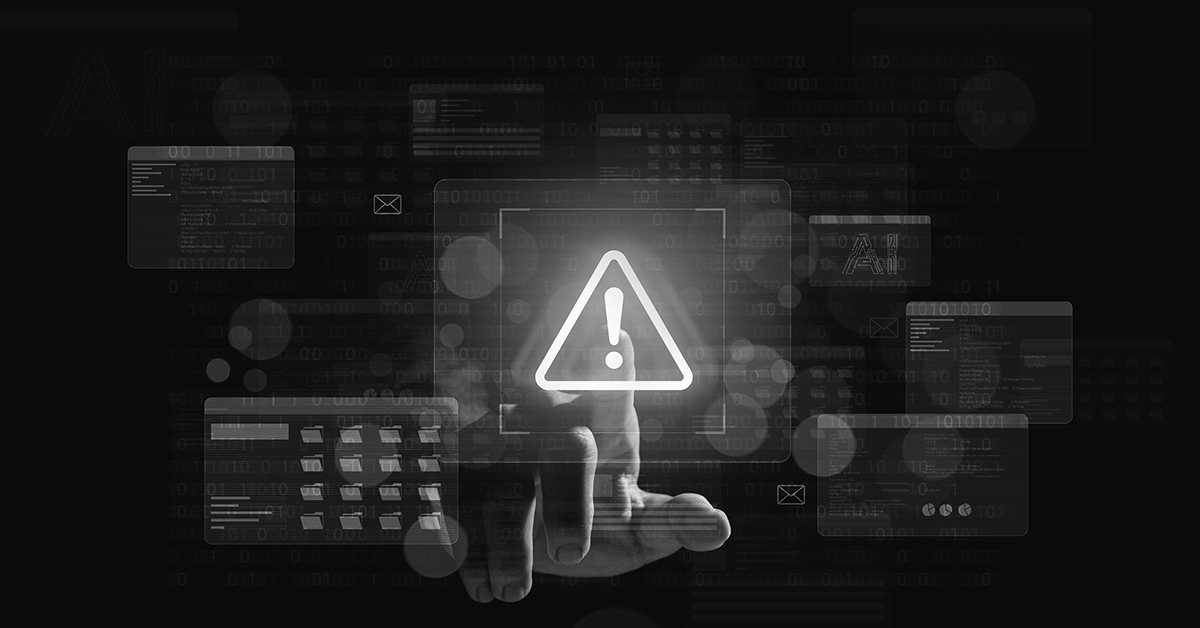Ever wondered what really drives today's cyberattacks? It's not always just about stealing data or demanding a ransom. Motives can vary widely depending on the attacker, their intent, and their capabilities.
In the most simple terms, a cyberattack is a malicious intent to access, steal, expose, or destroy data and systems without authorized access. Every attack typically involves a motive or goal, a method of execution, and a vulnerability that's exploited to achieve the intended outcome.
The motive or intent is where it all starts. It's what drives an attack from beginning to end. But not all motives are the same. Let's take a look at some common motives and the types of individuals and groups who act on them.
Understanding The 'Why'
A motive is the underlying reason behind a cyberattack. It stems from the idea that the target has something the attacker wants to obtain. Identifying the motive helps security researchers anticipate potential attack vectors and build stronger defenses.
The following are several motives associated with recent cyberattacks:
- Data theft: Attackers often steal sensitive information such as customer data and personally identifiable information (PII), which can be used against them through phishing, fraud, or identity theft. They may also target organizational data like internal documents or trade secrets to gain a competitive edge or disrupt business operations.
- Disrupt business continuity: Some cyberattacks are designed specifically to interrupt operations, shut down websites, or delay services. Causing chaos for both businesses and their customers. These disruptions can lead to financial losses, reputational damage, and a breakdown in customer trust, even if no data is stolen.
- Financial gain: Financial gain is one of the most common motives behind cyberattacks. Attackers target systems to steal money directly, demand ransoms, or sell stolen data like credit card details and personal information on the dark web.
- Espionage: Espionage-driven cyberattacks often aim to secretly gather sensitive information, whether political, military, or economic. Many recent incidents have revealed clear geopolitical motives, as nation-states and affiliated groups seek strategic advantages through digital surveillance and infiltration.
- Revenge: Revenge-driven attacks often stem from personal grievances, especially in cases involving insider threats. Disgruntled employees, former staff, or individuals with unresolved conflicts may misuse their access or knowledge of internal systems to cause harm, disrupt operations, or leak sensitive data.
- Reputation Damage: Some attackers aim to tarnish an organization's image by leaking sensitive information, defacing websites, or exposing internal flaws. These attacks are often intended to erode public trust, cause embarrassment, or undermine credibility.
- To propagate ideologies and beliefs: Cyberattacks are used as a platform to spread political, religious, or social ideologies. These actions are often symbolic, aiming to raise awareness, send a message, or rally support for a cause.
- Trolling or Thrill-seeking: Certain attackers hack purely for amusement, mischief, or the adrenaline rush of breaking into systems. Often lacking a clear objective, these thrill-seekers or trolls may deface websites, post offensive content, or cause random disruptions just to provoke reactions or show off their skills.
The Infowars
Cyberattacks are also driven by motives linked to Information Warfare, where information and technology are used to gain an advantage over an opponent. This includes defending one's own data while targeting, disrupting, or exploiting an adversary's information and systems.
The following categories, defined by Martin Libicki, help us understand how these attacks play out across different threat landscapes:
Command and control warfare gives attackers full control over compromised systems. This is often seen in financially motivated attacks or ransomware campaigns, where the attacker leverages control to extract payment, halt operations, or manipulate data flows until demands are met.
Intelligence-based warfare aligns closely with espionage motives. These attacks aim to silently gather sensitive information. Such as government secrets or trade data through advanced surveillance or by corrupting critical sensor-based technologies to dominate decision-making environments.
Electronic warfare often serves disruptive or ideologically driven motives. By jamming signals or corrupting communication channels using cryptographic exploits, attackers aim to degrade communication infrastructure, leaving organizations or governments vulnerable to confusion and delay.
Psychological warfare is closely tied to motives such as public manipulation or revenge. Propaganda, fake news campaigns, or fear-inducing messages can demoralize populations or organizations, particularly when paired with high-profile defacements or coordinated misinformation efforts.
Hacker warfare overlaps with multiple motives, from thrill-seeking to financial gain. These attacks can involve stealing services, deploying malware, or spreading false messages, often with the goal of disruption, data theft, or simply proving capability for notoriety.
Economic warfare directly supports the motive of damaging a competitor or a nation's financial stability. By blocking or manipulating digital transactions and supply chains, attackers can harm revenue, disrupt logistics, or erode consumer trust in key digital platforms.
Cyberwarfare, the broadest category, covers everything from information terrorism to subtle semantic attacks. Motives here can range from political influence and ideological propaganda to long-term destabilization efforts, often blending with other forms of digital conflict.
Not All Hackers Are the Same
A hacker is someone with the technical skills to identify and exploit vulnerabilities in systems or networks. While some operate without permission to steal data, cause damage, or disrupt services, others are authorized professionals working to improve security. Hackers vary widely in their intent and motivations.
Hackers and threat actors range from opportunistic individuals to state-level operatives. Script kiddies often lack deep technical knowledge and attack systems to gain attention or prove themselves, while green hat and blue hat hackers are learners or professionals motivated by curiosity or contract work. In contrast, white hats, red hats, and gray hats operate in ethical gray zones, some with permission, others walking a fine line between offensive and defensive actions.
More malicious actors include black hat hackers, cyber terrorists, and suicide hackers, whose motives span from personal gain to ideological or political disruption. Hacktivists and state-sponsored hackers pursue similar goals of exposure or influence, but on different scales. One aiming to make statements, the other seeking strategic advantages.
Organized threat groups such as criminal syndicates, hacker teams, and organized hackers are structured, well-funded, and goal-driven, whether for profit, espionage, or power projection.
While many cyberattacks may appear similar on the surface, their underlying motives can differ greatly, and often extend beyond the examples discussed here. Understanding these diverse motivations is crucial for security researchers and professionals. By recognizing the varying intents that happen in the background, they can develop more effective, tailored defenses that address not just the symptoms but the root causes of these attacks.
Editor’s Note: The opinions expressed in this and other guest author articles are solely those of the contributor and do not necessarily reflect those of Fortra.

